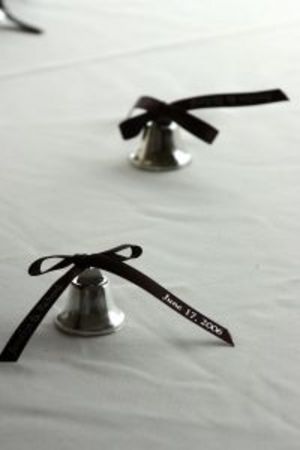A strange new aroma pulls me through the marketplace of Hoi An, a small town in central Vietnam. Under the iron-thick smell of raw beef fresh from slaughter and the fishy odor emanating from the gray shrimp wriggling in piles, stronger than the tang of cumin from the spice vendor, cutting through the burning incense stuck into tree trunks. It blossoms in the afternoon heat. A midden heap in a field of flowers. The smell of durian.
The bulk of the marketplace occupies a block of crowded walkways, shaded from the tropical sun by a large tarp. Stands sprawl from this enclosure down the riverside toward town. This open-air space is where my nose leads me. The durian is not allowed indoors in most parts of southeast Asia. In Thailand, it’s banned from public transportation. Here, they shun it to the sunlight, as far from the stifling air of the main marketplace as possible.
The fruit vendor — an older woman in long sleeves and linen pants — has other, less offensive-smelling offerings. Pommelos stacked in pyramids, slat-sided crates of mangosteen, passion fruit, dragon fruit, lychee. She motions down her table at a box of ripe mangoes. I point at the durian.
“How much?”, I ask, the English phase every shopkeep knows here in Hoi An. The woman settles a whole fruit on the scale. It displays 315,000 dong. In American currency, roughly $15. An expensive fruit in the local economy, although cheaper than it can be found in America. I saw a durian in the States once, at an Asian grocery in Pittsburgh’s Strip District. The fruit was shrink-wrapped, stacked in a freezer case, and priced at $13.99 per pound.
I turn to my friend, Rob, and gesture at the fruit. “If I get some,” I ask him, “will you help me eat it?”
“Sure. But I can’t eat a whole fruit.”
I turn to the shopkeep and make a sawing motion across my hand. I’ve been reduced to charades for communication. Vietnamese places too much importance on tone and inflection to learn it from a phrasebook. Fear of insulting someone with my poor pronunciation has largely kept me from attempting speech.
The shopkeep gets my gist. She pulls out a long, serrated knife and hacks at a seam between the spines. The husk falls open to reveal the flesh inside: pale yellow, kidney-bean-shaped pods the length of my hand. She puts two in a Styrofoam container. The scale now reads 70,000 — about $3.50. Rob and I thank her with a nod. She flashes us a smile and turns to wash her hands.
***
In Vietnam, the durian is called the King of Fruits. Its queen — the purple mangosteen — looks far more royal: deep purple shell with neat, white fruit and a crown of fat green petals. The durian, in contrast, is a sickly-looking motley of browns and yellows. It smells of a neglected dog kennel, a kitchen dumpster the day before trash pick-up. A beast to the mangosteen’s beauty. The King of Fruits has a trophy wife.
I first heard of the durian from the Travel Channel’s Andrew Zimmern. On his show “Bizarre Foods,” Zimmern ate everything from still-beating cobra hearts to fermented shark meat. He took one bite of durian and spit it into a napkin. Durian became my holy grail of fruits. I learned that some people find it addictive, near to intoxicating. Others — like Zimmern — are repulsed. Now, in Hoi An, with the fruit so fresh and cheap, not even the rancid smell can keep me away.
***
Rob and I find a quiet spot a few blocks from the marketplace and open the lid on our Styrofoam prize. It’s less fragrant in this small quantity, the smell barely discernible above the wafting aroma of the river and midday body odor. I pick up a pod. It’s smooth but not slimy, soft beneath my fingers. We break through the flesh in near unison.
The first taste is alcohol. Not the clean taste of vodka but the astringent burn of ethanol. The texture is mushy, custardy, interspersed with stringy fibers that catch between my teeth, and the taste shifts to rotten aromatics, onion or a garlic clove, then again to a mellow sweet. Like an overripe banana, one whose skin had gone black after sitting on a car dash through a summer afternoon.
At dinner later that day, our fellow travelers ask us what durian tastes like. Rob and I meet eyes, shrug.
“It’s like…”
“A kind of onion-ey…”
“…fermented…”
“…fruit paste.”
“It’s actually pretty good,” I assure them, “Once you get used to it.”
The truth is, having tasted it, I understand its addictive appeal. The eating experience isn’t necessarily pleasant, but it’s so unique I can’t stop taking bites. We eat the fruit down to its dark brown pits. I lick my fingers clean of juice. They smell like rotting garbage. The odor remains through the walk back to the hotel, the taste of royalty thick on my tongue.






